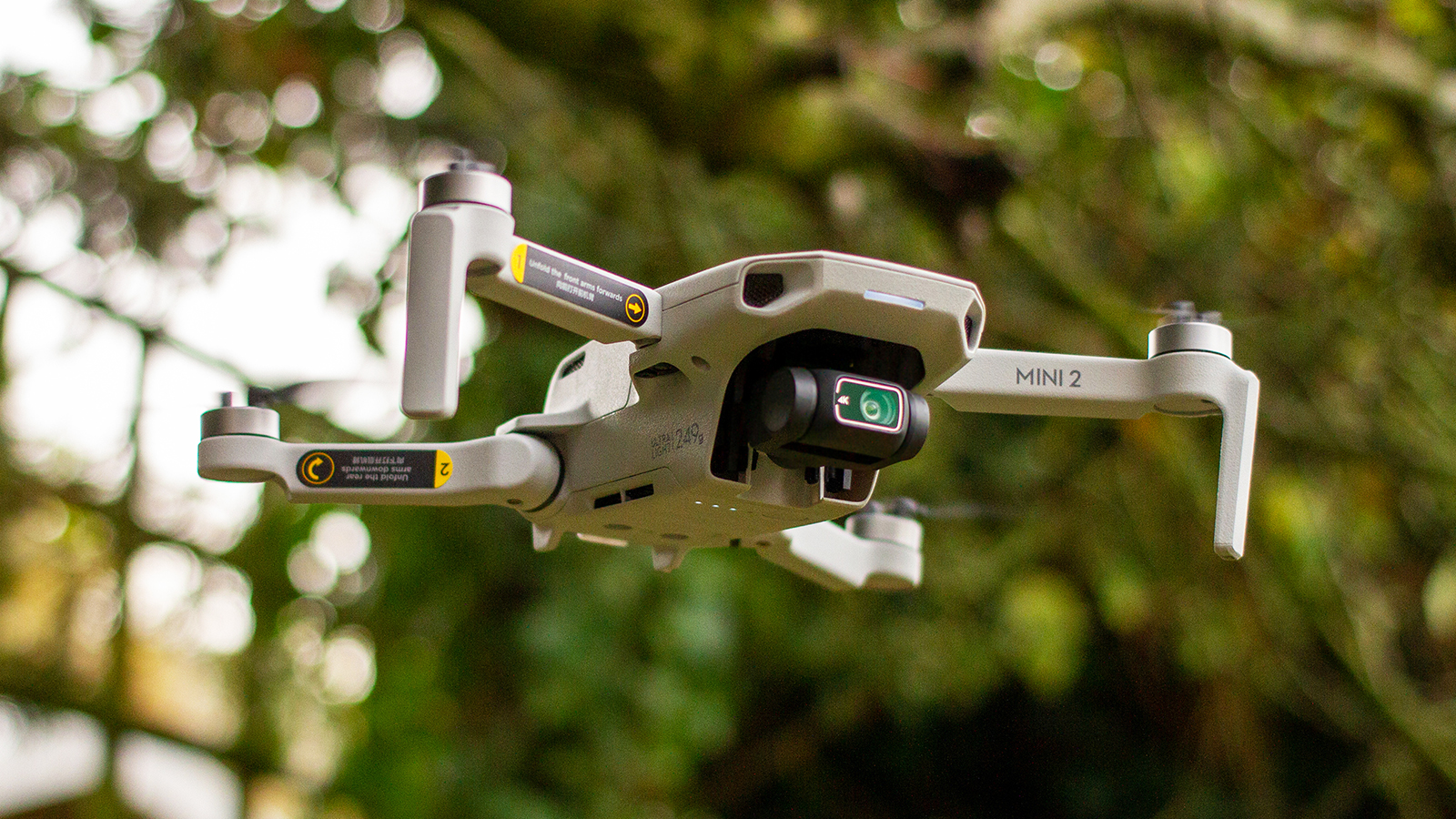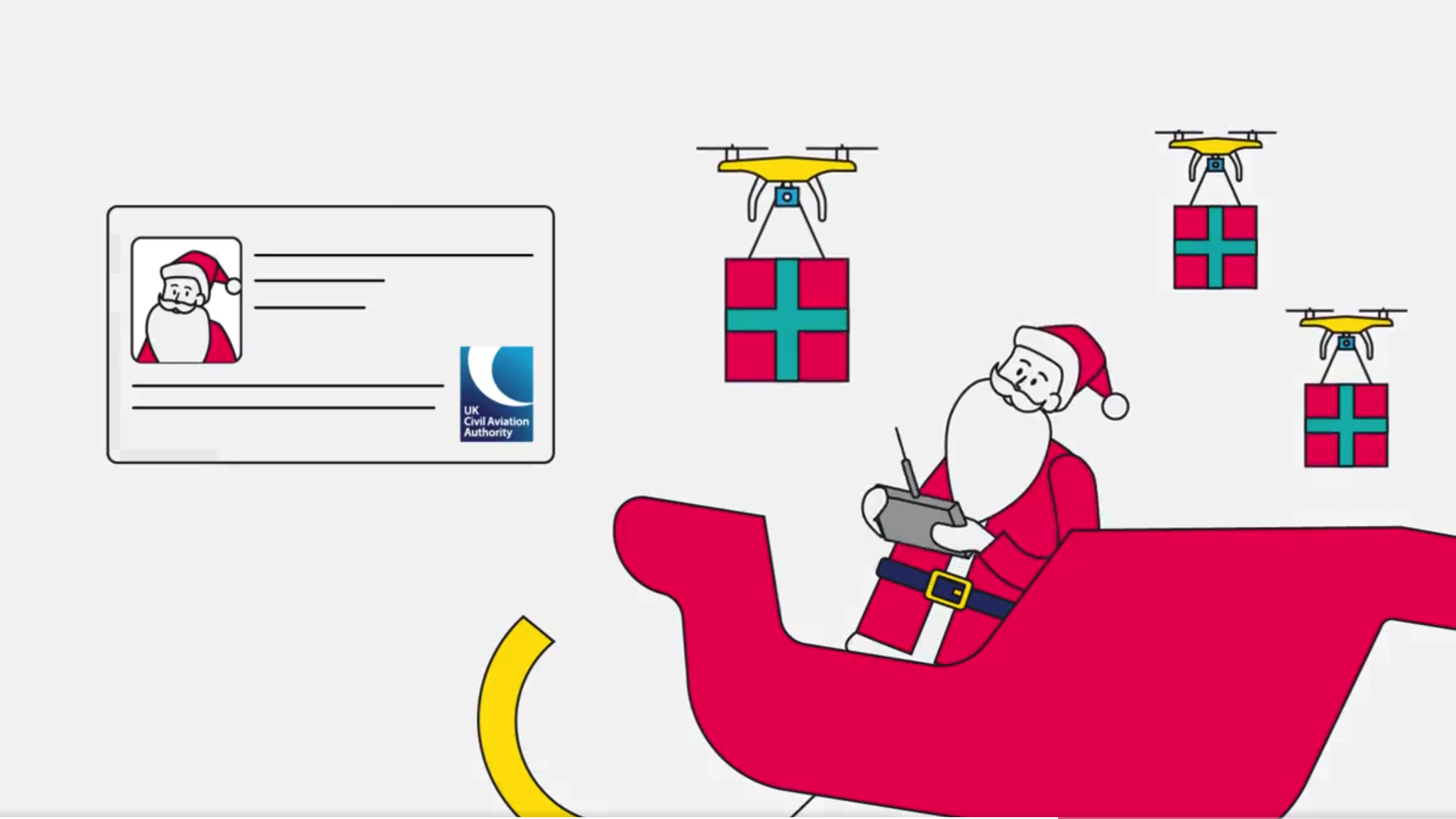Charity issues drone laws reminder after incident with resting seals
A handy reminder for excited new drone owners

If you've been the lucky recipient of a new drone recently, it can be tempting to seek out some spectacular subjects for your first aerial videos – but a reminder of the latest drone laws has been issued in the UK after a recent incident involving some resting seals.
As reported by the BBC, the Cornwall Seal Group Research Trust has underlined that drone users "should always keep a 100m distance from wildlife", after the charity's founder witnessed a group of resting seals being forced to dart underwater after a drone flew overhead.
According to Sue Sayer, the charity's founder, these movements can be dangerous and even fatal for seals, due to the stress and need to dive quickly underwater over sharp rocks. But it also serves as a general reminder of why it's important to follow your region's drone laws, particularly around people and wildlife.
The charity was keen to stress that it isn't against drones, with Sue Sayer stating "I really enjoy drones and value the footage that they can collect, but operators should avoid flying over congregations of wildlife – the safe distance is 100 meters from land, sea and air."
Interestingly, the UK's drone code doesn't actually stipulate this 100m distance, instead warning more vaguely that you should "not fly where you’ll disturb or endanger animals and wildlife". But the guidance is certainly a good rule of thumb for most wildlife, with minimum suggested flying distance from humans being 50m.
Passing with flying colors

If you're still unsure about how to set up your new drone to comply with your local laws, we've just published an in-depth guide to help get you started.
Before you start thinking about pulling off epic camera moves, the first step is to get your new drone registered. While the process for this varies by country and region, those in the US and UK can visit the FAA or CAA websites respectively.
Get daily insight, inspiration and deals in your inbox
Sign up for breaking news, reviews, opinion, top tech deals, and more.
In the UK's case, you'll need to register as an operator (even if your drone weighs under 250g) and also take a short test in order to get a flyer ID, which should be displayed on your drone. This test will give you some reminders of the latest drone laws for safe flying, but real-world incidents like the recent one in Cornwall show why it's important to stick to them.
While these laws can initially feel pretty restrictive, with other UK guidance including the need to stay at least 150m away from residential, recreational, commercial and industrial areas, there are also plenty of approved fields and zones that are ideal for those getting started with their drone.
In the US, the FAA's B4UFLY app is a handy place to find live maps, while those in the UK can use sites like Drone Scene to find approved fly zones in their local areas.
- These are the best DJI drones you can buy right now

Mark is TechRadar's Senior news editor. Having worked in tech journalism for a ludicrous 17 years, Mark is now attempting to break the world record for the number of camera bags hoarded by one person. He was previously Cameras Editor at both TechRadar and Trusted Reviews, Acting editor on Stuff.tv, as well as Features editor and Reviews editor on Stuff magazine. As a freelancer, he's contributed to titles including The Sunday Times, FourFourTwo and Arena. And in a former life, he also won The Daily Telegraph's Young Sportswriter of the Year. But that was before he discovered the strange joys of getting up at 4am for a photo shoot in London's Square Mile.